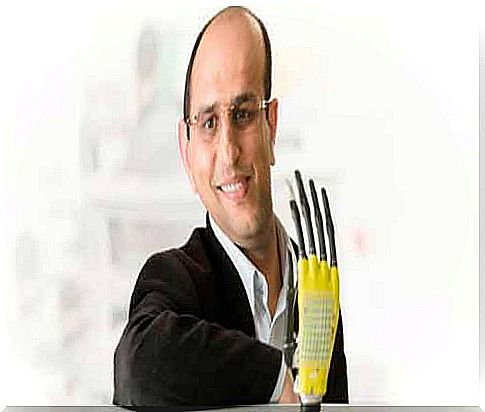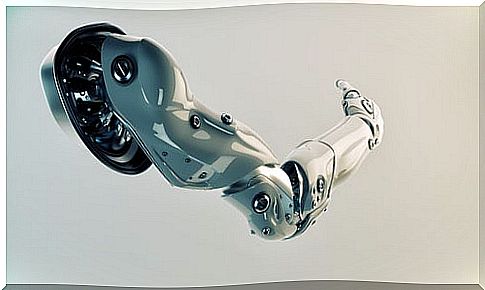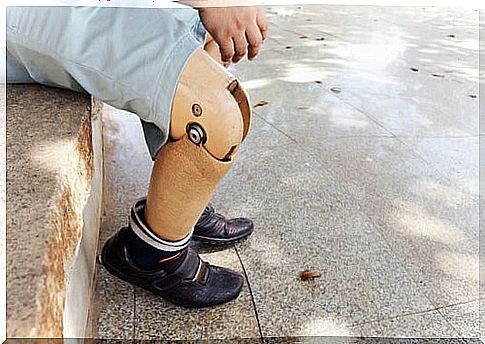An Artificial Skin That Generates Its Own Energy
While the creators of artificial skin are working to lower its cost so that it is accessible to a greater number of people, other scientists are trying to get one with more sensitivity

In recent years, electronic engineering and medicine have come together to create solutions to problems that until now were unsolvable. The result of this joint work is this artificial skin that opens an unprecedented path.
Today we are closer than ever to obtaining a more than realistic solution for those who need a new skin. All this thanks to the work of the team led by Ravinder Dahiya from the Flexible Electronics and Sensor Technology group at the University of Glasgow (UK).
When we talk about realistic, we mean both its appearance and its functionality. The goal is to build skin that is as human-like as possible. This implies movement, strength, sensitivity, etc. It may seem like science fiction, but no. It is only science, an inspiring science aimed at improving our living conditions.
How was the artificial skin capable of generating its own energy created?

Before answering the question, let’s first think about what was happening with the previous solutions, lacking energy. Without it, the result was immobile, so it prevented the person carrying it from grabbing objects, touching and caressing naturally.
Therefore, another alternative was devised: charging it with electrical energy. However, this power is not eternal, so its users would be forced to recharge it so that it works correctly most of the time.
Dahiya’s team has managed to reverse this situation with a new material: graphene. It is a flexible and transparent carbon, under which they have placed photoelectric cells capable of generating energy on their own.
In this way, the problem of movement is solved. As a result, they will be able to cover the prostheses that improve the lives of people who have lost some of their limbs.

It is, therefore, a step forward in achieving a goal shared by patients and doctors for decades: to replace lost limbs with artifacts that are as close to the real thing as possible.
In this sense, the Glasgow researchers want to extend its use to the largest number of people. To achieve this, it is essential to cut costs.
To do this, they are working on the use of 3D prints to obtain a cheaper artificial skin, with the same functionalities. The lives of many people will take a complete turn towards happiness thanks to it.
Other researchers also fight to make artificial fur feel
Together with his team from Stanford University (United States), Zhenan Bao is putting all his efforts in connecting the skin with the nervous system.
The prostheses would have spectacular mobility and, in addition, those who wear them will regain their sense of touch. At last they will feel the tenderness of a caress, even the tingling when running your hand over the skin of a peach. All thanks to the combination of electronics with biology.
All this leads us to think that what is to come in the world of medicine is incalculable. We are ending the stigma suffered by amputees. In addition, we are very close to providing functional and sensitive limbs. Although happiness is not denied to people with this characteristic, greater freedom is a phenomenal start.
In this spirit, the engineer has built a skin with polymer. It can stretch up to 100 times its size and remain intact. Thanks to this, it can function like a muscle, capable of lengthening and contracting, as long as it is connected to the nervous system.
All this hopeful news is happening now, amidst many other not-so-promising events. That is why it is important that these come to light. This way we will be aware that we can also do good things. That technologies can also emerge from us to improve people’s lives and not the other way around.
Thus, we will regain faith in ourselves and, inspired by the example of Bao and Dahiya and their artificial skin, we will be able to contribute our energy and ideas to create a better world.









